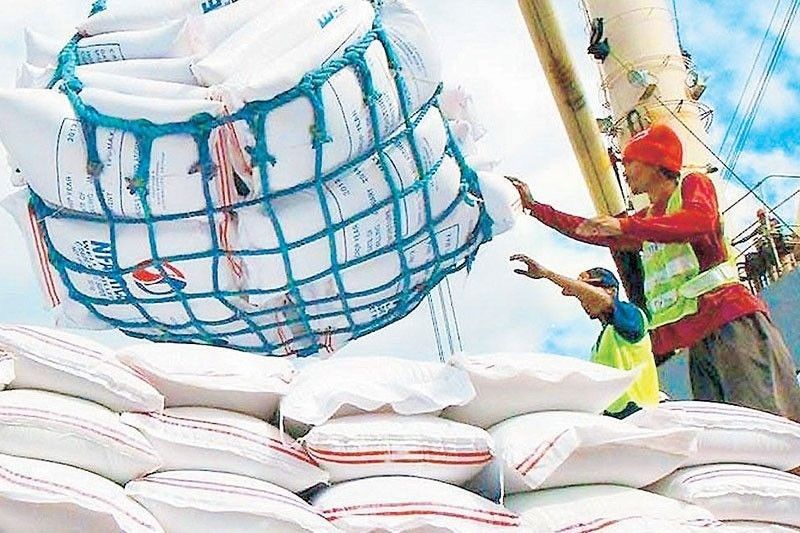USDA hikes rice import forecast for Philippines

MANILA, Philippines — The Philippines is now projected by the US Department of Agriculture (USDA) to import 4.7 million metric tons (MT) of rice this year after the country saw a surge in its import volume in the first half.
The USDA revised upward its rice import forecast for the Philippines by 100,000 MT from an earlier estimate of 4.6 million MT, following “large volumes of rice imports in the first half.”
Government data showed that the country’s rice imports from January to June rose by almost a fifth to 2.319 million MT from 1.863 million MT recorded in the same period last year.
“Due to rising global prices and tighter exportable supplies in Vietnam, the Philippines has shifted some purchases to other suppliers,” the USDA said in its recent global grains market report.
“Imports have exceeded 430,000 [metric] tons collectively from Thailand, Myanmar and Pakistan so far in 2024,” the USDA added.
The USDA noted that the increased volume of imports by the Philippines resulted in “closer” connectivity between international and local rice prices.
The Philippines, which is now considered as the world’s biggest importer of rice, also felt the impact of export restriction imposed by India on its non-Basmati rice products through elevated prices of exports from Vietnam and Thailand.
“Buyers in the Philippines chose to pay these elevated prices from Southeast Asian suppliers, which resulted in higher retail prices in the Philippines,” the USDA said.
The international agency said the decision of the government to slash rice tariffs to 15 percent is “expected” to pull down landed prices of imported rice, thus “easing inflationary pressures while spurring additional Filipino rice consumption.”
Other international agencies have taken notice of the recent developments in the Philippines’ rice trade regime, particularly the reduction in tariffs.
For one, the United Nations’ Food and Agriculture Organization (FAO) said local rice traders and importers held off on their purchases until the lower rice tariffs take effect.
This, the FAO pointed out, contributed to the softening of Vietnamese rice export prices in June.
“Additional downward pressure stemmed from the retreat of Filipino buyers from the market, as they held off purchases until clarity on tariff changes in the Philippines emerged toward the end of the month,” it said in its July Rice Price Update report.
The average export price for five percent broken Vietnamese rice fell by three percent in June to $549 per MT from $568 per MT recorded in May, based on latest FAO data.
Meanwhile, the USDA’s Foreign Agricultural Service unit (USDA-FAS) in Manila noted that there might be “some motivation” for rice traders and importers to sell their current stocks to prevent losses from the arrival of “lower priced” supplies as a result of the tariff reduction.
“But industry sources report that traders are holding steady on stocks, particularly as they bought at a higher price and are still hoping for better margins,” the USDA-FAS Manila said in a report.
- Latest
- Trending






























